REVIEW – If you are hard of hearing, the years 2017 and 2022 should mean something to you. In 2017, Congress passed the “Over-the-Counter Hearing Aid Act“ and in mid-2022, the FDA finalized the rule enabling access to over-the-counter (OTC) hearing aids. It took ‘em long enough. Before these historic laws, hearing aids were prescription only and unbelievably expensive—because they were (and still are) custom-made for a person’s hearing loss and ears. That brings us to the present, where companies such as Eargo offer the Eargo 7—a hearing aid to help those with mild to moderate hearing issues.
What is it?
From Eargo: Eargo devices are hearing aids – Exempt medical devices registered with the FDA and subject to FDA regulations on standards for performance, manufacturing, labeling, and safety. Most other options sold online are amplifiers – “Personal Sound Amplifiers” or PSAPs. They are general amplifiers that make everything louder and do not have to meet the same standards as hearing aids. By their definition, PSAPs are meant to amplify environmental sounds for “non-hearing-impaired” consumers.
From Medicare: Original Medicare does not cover hearing aids. The cost of a pair of hearing aids can go as high as $7,000—out of pocket
The Eargo is the seventh iteration of the Eargo series of OTC hearing aids. They are FDA-approved, self-fitting, micro-sized, sit inside the ear, and can adapt to differing listening environments using built-in mics.
The Eargo 7 comes in black only. They are so small, each hearing aid needs—and has—a short, clear “pull tab” for removal from the ear canal.
An online hearing test is required by Eargo (must use earphones or headphones in a quiet environment) before purchasing.
Eargo still makes both the Eargo 6 and Eargo 5 models at lower prices. The Eargo 7 is the most up-to-date version. Non-working models are offered to test fit and comfort.
The Eargo 7s are rated for 16 hours of continuous use per charge and 2 days or recharge from the case. Lights on the front of the case indicate how much battery life is left in each hearing aid.
What’s in the box
- 2 Eargo devices
- Ear tip petals and mic caps
- Cleaning tool and cloth
- Charging case
- USB-C power cord
- Power adapter
Design and features
Let me begin this review with some caveats.
- All opinions will be anecdotal. The Eargo 7 hearing aid sample sent to me must be returned after 45 days (their standard free try-out period). That’s not long enough for a complete workout, but it’s fine for impressions that may help anyone decide if Eargos is worth considering.
- I have never owned prescription or OTC hearing aids (other than my review of the Linner Nova). So this review is from a newbie perspective—much like a first-time purchaser.
Once the Eargo 7 hearing aids were ordered, I received an email asking me to take the online hearing test and set up a 30-minute phone conversation with an Eargo hearing specialist (mine was with a certified audiologist).
I took the test as asked and later had a conversation with Sara from Eargo about a week after they arrived. Once the hearing aids were unboxed and linked to the Eargo app (a necessity), the Eargo 7s were then customized based on my hearing test, which we discussed in the phone call. My loss is mostly from normal aging (and audio speaker blasting in my youth). I have issues with lower—and some higher—frequencies. However, my biggest issue is with clarity. I have trouble distinguishing voices in a noisy environment, especially when someone is speaking directly at me. That is where the Eargo 7 hearing aids absolutely shine.
The Eargo 7s come in a circular charging case that’s easy to open. The cap is not hinged, so be careful not to misplace it. Magnets are used for a secure fit. The case charges via a supplied USB-C cord and power adapter. The charging port lights up, so they can easily be charged in the dark. How convenient! Everything feels premium—from the case to the hearing aids themselves. Many Eargo videos are available regarding daily cleaning and care.
As I said earlier, the Eargo 7s are small—as in T.I.N.Y. They fit inside the ear. To say that the 7s are invisible is not marketing hyperbole. They practically disappear into the ear. Without that pull tab, they could easily be pushed too far into the ear canal. Speaking of the pull tab—when following Eargo’s instructions, I had difficulty grabbing the tab and needed tweezers to remove them. Eargo’s suggestion was to insert them upside-down with the tab pointing up instead of the recommended down orientation. While the tab was now a bit more noticeable, I was able to remove them with just my fingers.
The Eargo 7s come with a selection of ear tips in three sizes. I would have preferred one size bigger than the large size offered. Maybe I have large ear holes. Eargo calls the tips “Petals” which makes sense—they look like flowers. Both open and closed Petals are offered. The closed Petals are said to maximize amplification while the open Petals allow more outside noise, but I didn’t hear any difference between the two.
If you have sensitive ears, hearing aids inserted deep inside the ear may be uncomfortable. As an earphone reviewer, I don’t mind things inside my ear. However, I can feel the 7s in my ear at all times, maybe because of the pedal ear tips. The Eargo 7s feel more prone to tickling, so I sometimes just have to pull the Eargo 7s out and then re-insert them. Weird, I know.
When inserted, the Eargo 7s can create audible feedback. This comes from touching them with fingers that block the built-in microphones. It’s annoying, but normal with any hearing device inside the ear.
As soon as I insert the Eargo 7s, They say ”Normal” in my ear. That means they are inserted correctly and are using the settings based on what the hearing test revealed.
When they are new to the user, anything heard—especially voices—have a mechanical, robotic tone to them. Eargo stresses it can take 3 weeks for the brain to adjust before things begin sounding more “normal”. While I agree with Eargo that noises sounded less artificial over time, it never reached a point where I couldn’t audibly tell the difference between wearing and not wearing them. With my limited experience, it wouldn’t surprise me if that’s not possible with any hearing aid.
Using the Eargo 7s requires a bit of a learning curve. Although the hearing aids are designed by Eargo to automatically adjust settings to your environment, I found myself using the app to further adapt settings my way. That brings up a couple of issues. When I first insert them, I first lower the volume to the lowest setting (6 decibels below “normal”) and then press the reduce noise for comfort button. Unfortunately, the app doesn’t remember these two additional settings so I have to re-do them each time I start the app. Plus, if I go to the pre-programmed TV, Normal, Restaurant, Music, Meeting, or Phone settings, they replace both settings I just applied.
I get really good results with the Restaurant and TV settings. The Restaurant setting is best for the vocal clarity issue I have. The TV setting also helps with voice clarity, but to a lesser degree—good for quieter home indoor use. I don’t use the Normal setting because as I said, I use my own lower-volume setting instead. I also don’t bother with the Meeting, Phone, and especially, the Music settings.
The Music setting is my least favorite setting. I am a music hog by nature. I am almost always listening to music, either as (loud) background while I work or serious listening in my favorite chair with headphones on and eyes closed. Of course, never wear hearing aids with headphones, but while listening to music with speakers, the Eargo 7 hearing aids give the music an unnatural sound. I just can’t listen to music I love unless it sounds like, well—music I love. Eargo—and I suspect any other hearing aid—affects audio enough to make listening to music not fun. That’s my experience. You may have no problem. As I’ve learned doing this review, hearing is a personal, subjective thing.
Note that double-tapping the Eargo 7s while in the ear can browse through these settings without having to open the app. However, this has been a hit-or-miss (mostly miss) for me. When I asked Eargo, they suggested flicking the pull tab instead of tapping. This does work better but again, it’s still not as dependable doing it within the app.
There’s a lot I haven’t covered in this review. If you are interested in OTC hearing aids, I suggest visiting the Eargo site to learn all you can. I also suggest reading or watching the many excellent reviews online. Hearing health is too important to ignore.
What I like
- Comfortable
- Tiny
- Almost invisible when inserted
- Easy-to-use app
- Lifetime (and excellent) customer service
- Great vocal clarity in crowded places
- Two-year warranty
What I’d change
- Music listening is not fun when wearing these hearing aids
- Expensive
Final thoughts
There are important things to consider when purchasing OTC hearing aids. If you have sudden or severe hearing loss, see a doctor. If you have gradual hearing issues from aging (as we all will face), get a hearing test to determine what your particular issues are. For light to moderate loss, Eargo is an excellent solution—except when listening to music. In my case, it’s clarity over volume. At first glance, they seem quite expensive—until you price prescription-based custom hearing aids. Also, Eargo offers a 45-day return policy and they provide excellent customer service, either by email, text, or phone call. Based on my experience, I’m convinced Eargo believes in its mission. The Eargo 7 hearing aids are a great solution to a common problem.
Price: $2,650 US (Mother’s Day Sale)
Where to buy: Eargo.com and Amazon
Source: The sample of this product was provided by Eargo.

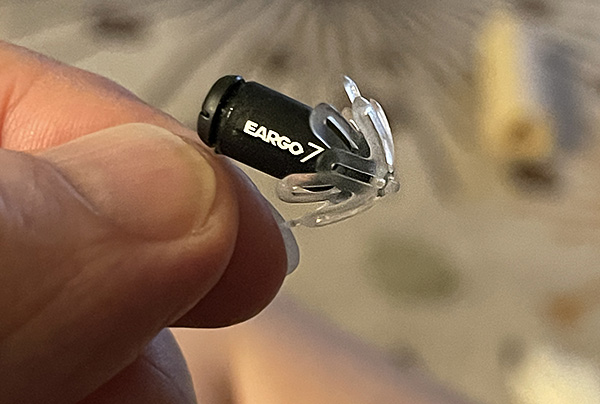


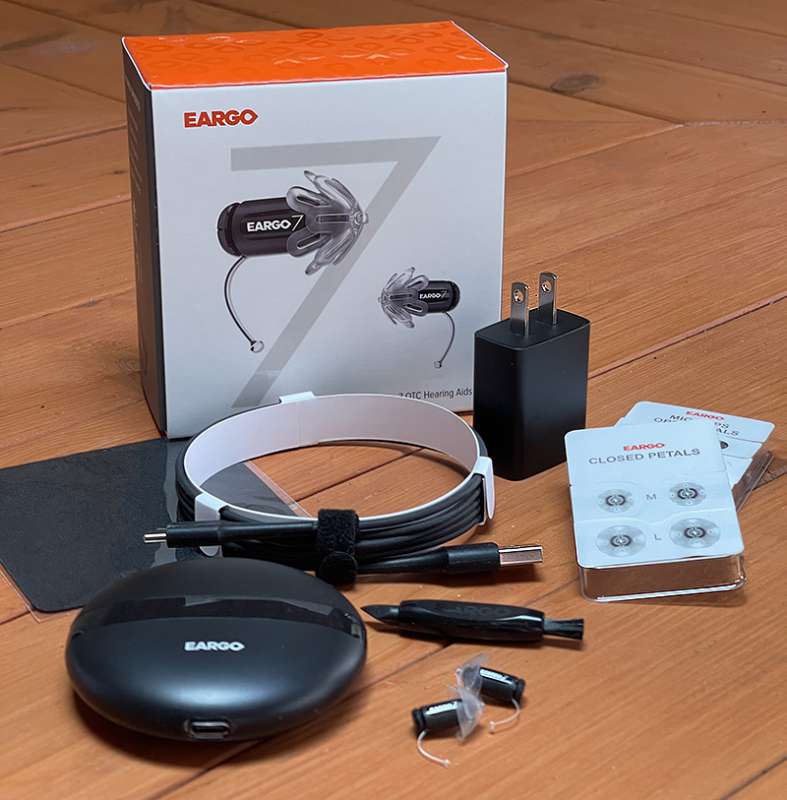
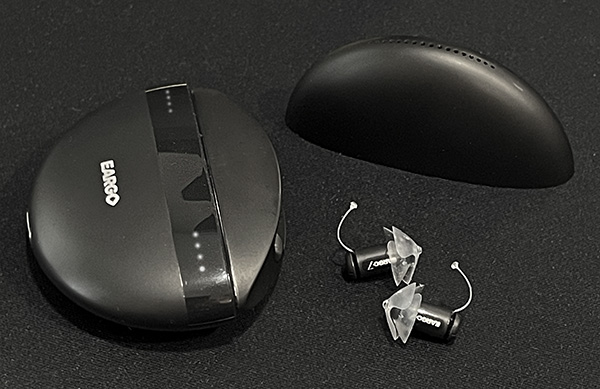

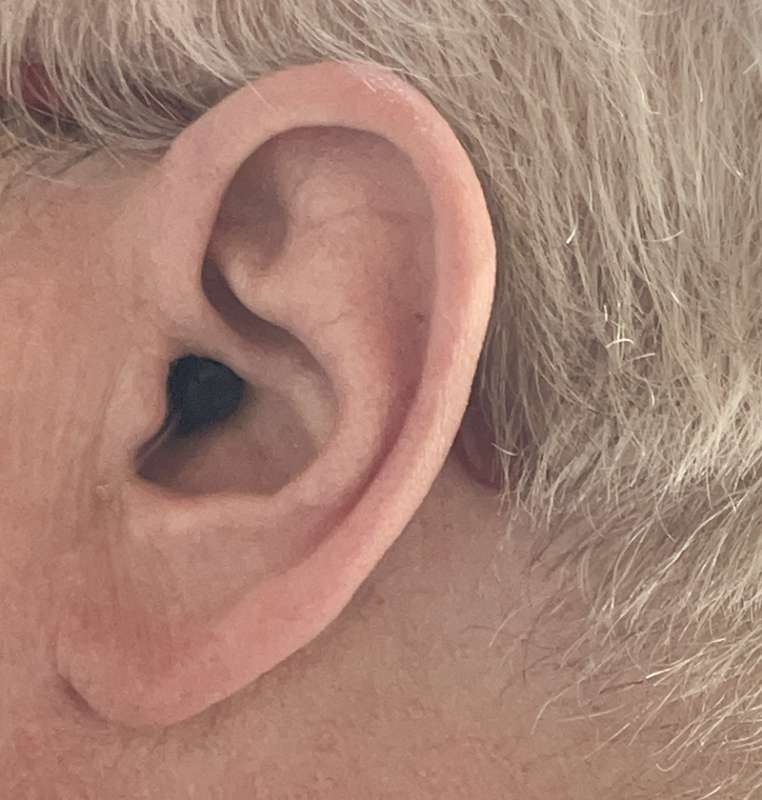
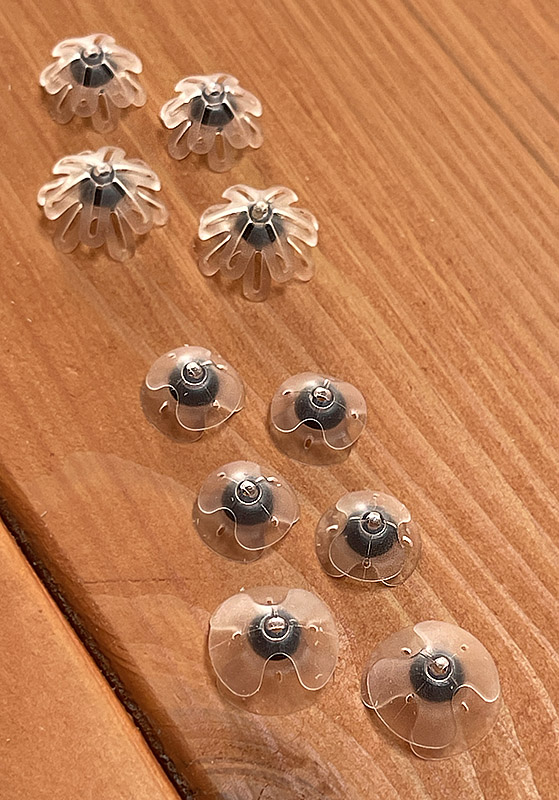
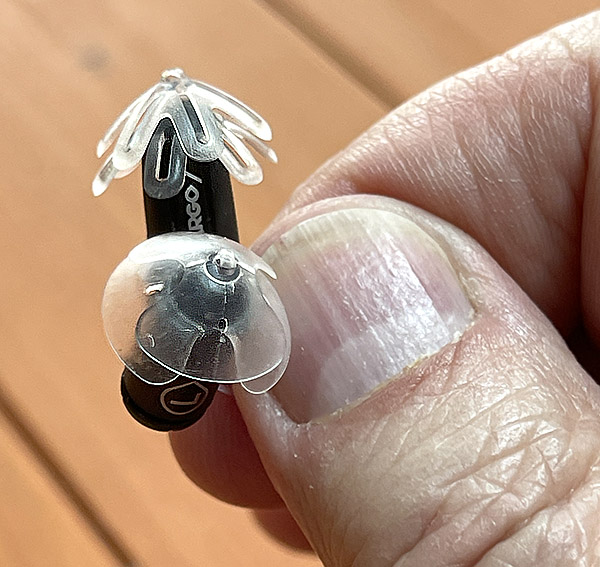

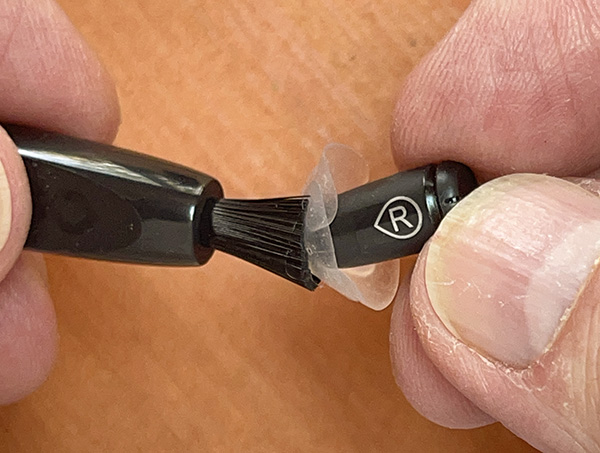

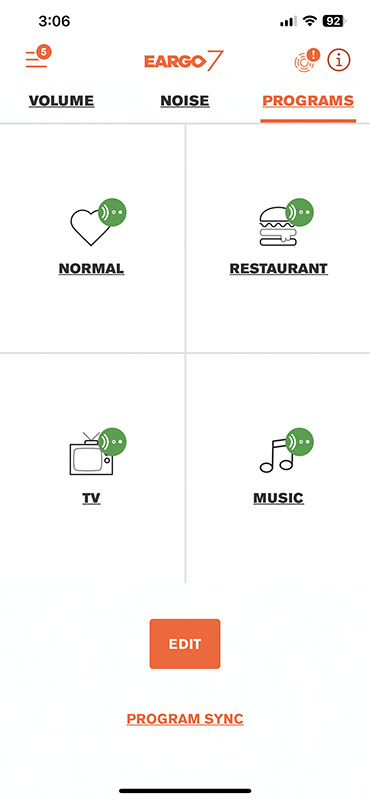
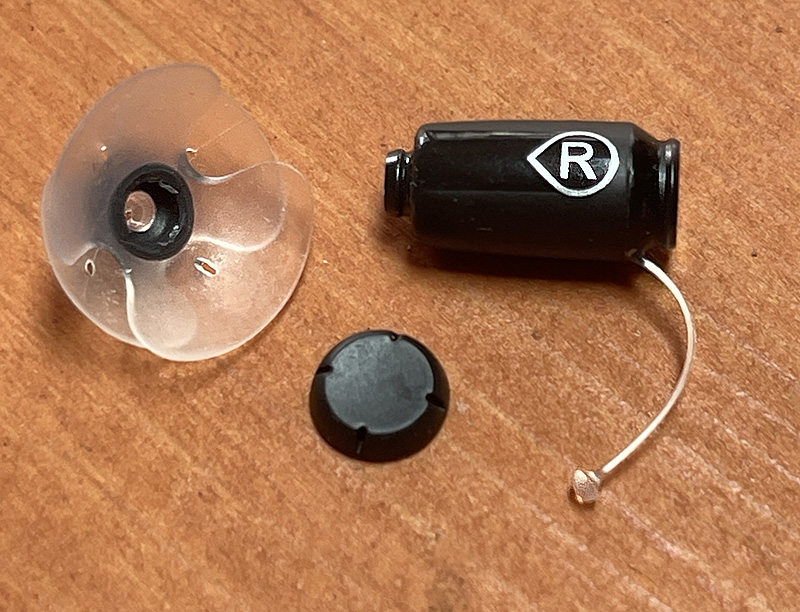
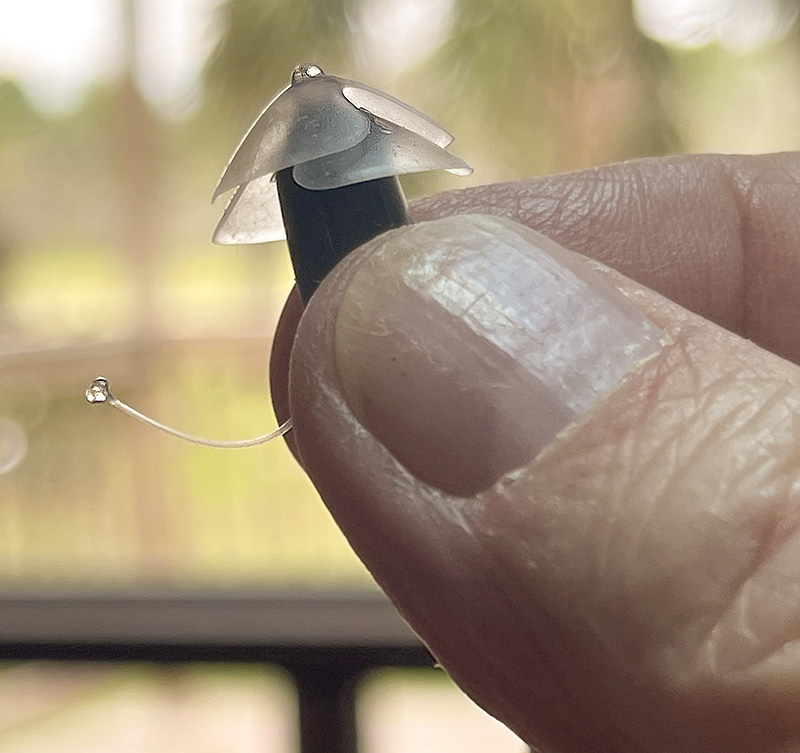
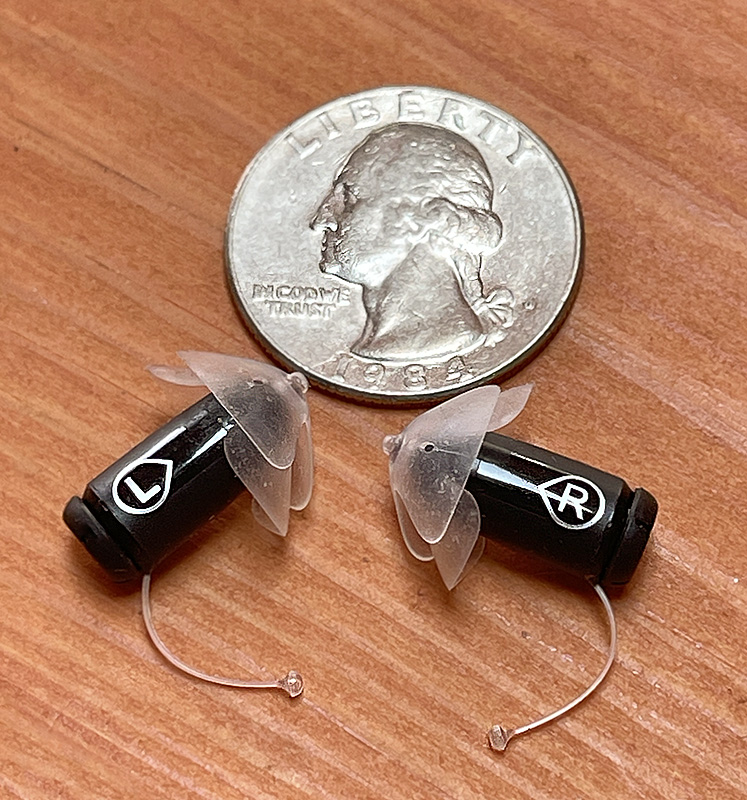
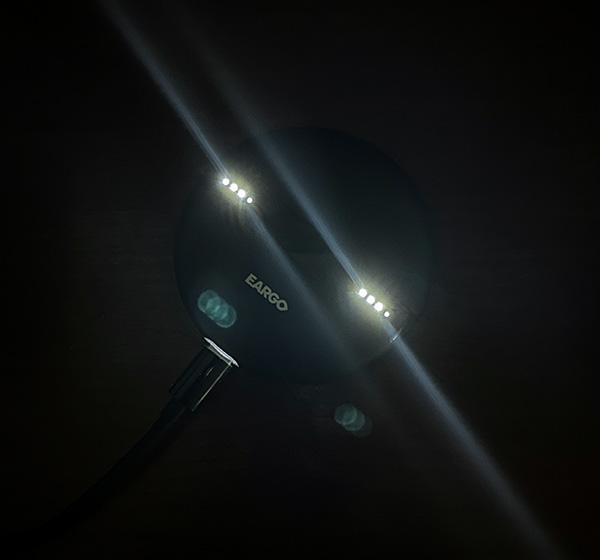


Gadgeteer Comment Policy - Please read before commenting
Your review describes my experience as well. I’m about 4 months into my Eargo 7s. They’re very inconspicuous and while they bugged my ears at first, I now almost forget that I’m wearing them. They do a good job boosting clarity of voice, though as you noted, voices still sound a little robotic. Listening to music is a no go. But overall, I’ve found the trade-offs are worth it. The Eargo 7’s ability to clarify voices is better than the Sony CRE-C10s. One thing to note is you can adjust the default volume by choosing “edit” under programs – no need to lower the volume each time you put them in.
I was very fortunate/privileged to recently discover that my work health insurance fully covers both hearing test and devices, so I now have one of the $7000+ pairs. I’m only a week or so into wearing, but since I am a performing musician I’ve been doing a lot of research on hearing music with HAs. I’m still trying to get some time with my pianist bandmate to test (apparently live percussive sound is even worse than listening to recordings).
Here’s one of the several places I found info on how to tweak HA response – maybe your app can do some of this:
https://grandpianopassion.com/category/hearing-music/
Excellent review. I’ve been looking at hearing aids to mostly wear to loud parties and restaurants where conversations have become just noise and I’ve started reading lips. I just ordered the Jabra Enhance for a 100-day free trial. Will keep this review in case the Jabra doesn’t work out. BTW, a Gadgeteer review of the Jabra would be greatly appreciated.
Excellent review!
I’d be interested in a review of the Sennheiser Conversation Clear Plus and the Jabra Enhance Plus. Little less the latter because for now they only support iPhone.
Thanks!
Jabra said after the last update that Android is fully supported and equal to the iPhone app. I hope so because I’m using the Samsung S23 Ultra. The Jabra demo app on my phone works just fine. Will find out for sure next week.
Thank you for your in-depth review. It was very helpful. I decided to take the plunge and upgrade from the Eargo Neo Hi-Fi hearing aids to the new Eargo 7. I’ve used and liked the Neo Hi-Fi for about two years. I have moderate, high-frequency hearing loss in one ear, mild, low frequency loss in my other, in addition to Tinnitus.
The overall sound of the Eargo 7 is much better in just about every way, including music. Here’s what I did to make music sound very good. (Your mileage may vary.)
1. I did not do sound match and use only the four preset programs.
2. I decided to set Program 1 for my music listening.
3. Noise reduction OFF
4. Sound Adjust OFF
5. Manually adjusted Volume, Bass, and Treble for each ear.
I have found that turning off Noise Reduction and Sound Adjust allows the full dynamics of the music to come through (as recommended by articles on hearing aids and music). Clarity, precision, and bass are all better with the Eargo 7 as opposed to the Neo Hi-Fi. Normal, non-music listening, is better as well. As far as I’m concerned, this is a win-win. Thanks again for your review.